Navigating the world of sea freight shipping from China to Zimbabwe can seem daunting, but understanding the process can help simplify your logistics strategy. This comprehensive guide provides a step-by-step overview of sea freight, highlighting its benefits, preparation steps, essential documentation, and the shipping process itself. Whether you are a seasoned importer or new to international trade, mastering these elements will enable you to make informed decisions and optimize your shipments, ultimately ensuring a successful import experience. Let’s dive into the intricacies of sea freight shipping and explore how to efficiently transport your goods from China to Zimbabwe.
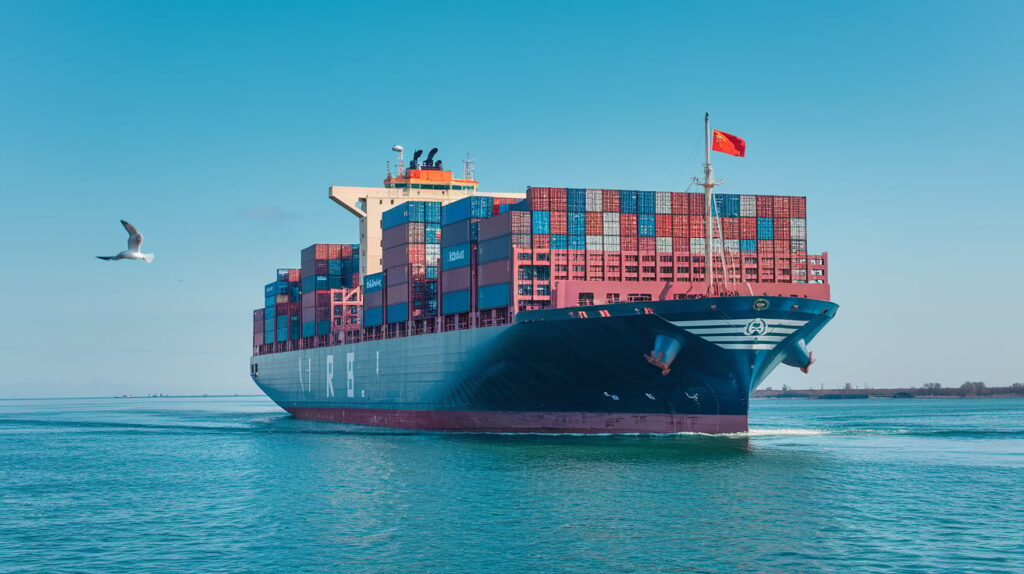
Understanding Sea Freight Shipping From China to Zimbabwe
Sea freight shipping refers to the transportation of goods via ocean vessels. It is one of the most economical and widely-used methods for bulk transport, allowing businesses to ship large volumes of products across vast distances. In the context of shipping from China to Zimbabwe, sea freight plays a crucial role due to the high demand for Chinese goods, ranging from electronics to textiles, and the efficiency of container shipping systems.
When shipping via sea freight, goods are loaded into specialized containers designed to withstand the marine environment. This mode of transport is particularly advantageous for international trade, offering cost-effective solutions for traders looking to import goods from China. The process typically involves several stages, including cargo consolidation, loading at the port, transit across the ocean, and unloading at the destination port.
Benefits of Sea Freight from China to Zimbabwe
-
Cost-Effectiveness: Sea freight is significantly cheaper than air freight, especially for large volumes of cargo. The lower cost per unit makes it an ideal choice for businesses looking to optimize their shipping budgets.
-
Capacity for Large Shipments: With the ability to accommodate bulky and heavy items, sea freight is perfect for companies that need to ship large quantities of goods. This capability ensures that businesses can meet demand without incurring excessive shipping costs.
-
Environmental Impact: Shipping by sea is generally more fuel-efficient than air transport, resulting in lower carbon emissions per ton transported. For eco-conscious businesses, this is an essential consideration.
-
Versatility: Sea freight services can handle a wide variety of cargo types, including raw materials, manufactured goods, and even oversized machinery. This versatility makes it suitable for diverse industries.
-
Reduced Risk of Damage: Containerized shipping protects goods from external elements, reducing the risk of damage during transit. This protection is vital for businesses aiming to maintain product quality.
Types of Sea Freight Services
When shipping from China to Zimbabwe, businesses can choose from various sea freight services, including:
-
Full Container Load (FCL): This service is optimal for shippers with enough cargo to fill an entire container. FCL shipping offers cost savings and reduces the risk of damage, as the cargo remains in a single container throughout its journey.
-
Less Than Container Load (LCL): For smaller shipments that do not require a full container, LCL is a practical option. Multiple shipments are consolidated into one container, allowing businesses to benefit from lower shipping rates while sharing container space with other shippers.
Breakbulk Shipping: This service is used for cargo that cannot fit into standard containers due to size or shape. Breakbulk shipments are loaded individually onto the vessel, making it suitable for heavy machinery or large components.
-
Roll-On/Roll-Off (RoRo): RoRo shipping is specifically designed for vehicles and large machinery that can be driven directly onto the vessel. This method streamlines the loading and unloading process, offering a swift solution for transporting wheeled goods.
Preparing for Your Sea Freight Shipment
Calculating Cargo Volume and Weight
Accurate calculation of cargo volume and weight is crucial for effective shipping. Businesses must determine the dimensions and weight of each item to ensure compliance with shipping regulations and to avoid unexpected fees. This process typically involves:
- Measuring Dimensions: Length, width, and height of each product must be recorded.
- Calculating Volume: The volume is determined by multiplying these dimensions to find total cubic meters (CBM).
- Weighing Goods: The total weight, including packaging, is essential for determining shipping costs and container requirements.
Choosing Between FCL (Full Container Load) and LCL (Less Than Container Load)
The decision between FCL and LCL shipping depends on several factors:
-
Volume of Cargo: If the shipment volume is substantial enough to fill a container (usually around 28-30 cubic meters), FCL is the preferred choice. Conversely, if the volume is less, LCL is a cost-effective alternative.
-
Time Sensitivity: FCL shipments tend to move faster as they follow a more direct route to the destination. LCL shipments may take longer due to additional handling and consolidation processes.
-
Cost Considerations: Calculate the total costs associated with both methods. FCL can be cheaper on a per-unit basis for larger shipments, while LCL provides flexibility for smaller loads.
Selecting the Right Container Size
Choosing the appropriate container size is paramount for ensuring the safe and efficient transport of goods. The most common container sizes include:
- 20-foot container: Ideal for small to medium shipments, accommodating around 28 cubic meters of cargo.
- 40-foot container: Suitable for larger shipments, with a capacity of approximately 67 cubic meters.
Understanding the specifics of your cargo will help in determining the best container size to minimize empty space and reduce shipping costs. It is advisable to consult with a professional freight forwarder, such as Dantful International Logistics, to ensure that the most suitable container is selected based on your shipping requirements.
By partnering with a reliable freight forwarder, businesses can benefit from expert guidance throughout the shipping process. Dantful International Logistics offers a highly professional, cost-effective, and high-quality one-stop service tailored for global traders. From Customs Clearance to insurance services, Dantful is here to support your shipping needs efficiently and effectively
READ MORE:
- Shipping From China To Algeria
- Shipping From China To Angola
- Shipping From China To Morocco
- Shipping From China To Nigeria
- Shipping From China To Kenya
- Shipping From China To Tanzania
- Shipping From China To South Africa
Essential Documents for Sea Freight From China to Zimbabwe
When shipping goods from China to Zimbabwe via sea freight, it is crucial to prepare a set of essential documents to ensure a smooth clearing process and compliance with international trade regulations. The following documents are typically required:
Commercial Invoice
The commercial invoice serves as a primary document in international shipping. It includes detailed information about the transaction between the buyer and the seller, including:
- Description of goods
- Quantity and price
- Terms of sale (e.g., FOB, CIF)
- Payment terms
This document acts as a legally binding agreement and is used by customs authorities to assess duties and taxes.
Packing List
The packing list complements the commercial invoice by detailing the specifics of the shipment. It includes:
- Itemized list of all products
- Packaging dimensions and weights
- Container number
This document helps customs officials verify the contents of the shipment and is essential for the freight forwarder and the consignee to ensure all goods are received as expected.
Bill of Lading
A bill of lading (B/L) is a critical document that serves multiple purposes: it acts as a receipt for the cargo, a contract of carriage between the shipper and the carrier, and a title document for the goods. It contains:
- Names and addresses of the shipper and consignee
- Description of the cargo
- Shipping terms
- Carrier’s signature
The B/L is necessary for the release of cargo upon arrival at the destination port.
Certificate of Origin
The certificate of origin (CO) certifies the country in which the goods being exported were produced. It is often required by customs authorities in Zimbabwe to determine applicable tariffs and ensure compliance with trade agreements. This document is issued by the exporter and may need to be notarized.
Customs Declaration Forms
Customs declaration forms are mandatory for clearing goods through customs in both China and Zimbabwe. These forms can include:
- Export declaration in China, detailing the goods being shipped
- Import declaration in Zimbabwe, providing information necessary for customs clearance, such as the nature of the goods, their value, and the applicable HS codes
Accurate completion of these forms is essential to avoid delays and ensure compliance with local laws.
The Sea Freight Shipping Process Step-by-Step
1. Obtaining a Freight Quote and Booking
The initial step in the sea freight shipping process involves obtaining a freight quote from a reliable freight forwarder. This typically includes:
-
Providing Shipment Details to the Freight Forwarder: You need to communicate key information such as the type and volume of goods, origin and destination ports, and any specific handling requirements.
-
Agreeing on Shipping Terms and Rates: Discuss and agree on the applicable shipping terms (e.g., Incoterms) and rates, considering factors such as freight charges, insurance, and additional fees.
-
Confirming the Booking: Once terms are finalized, confirm the booking. The freight forwarder will issue a booking confirmation, which details the shipment specifics.
2. Cargo Pick-Up and Delivery to the Port
Arranging for cargo pick-up is crucial for the timely shipment of goods. This process includes:
-
Arranging for Cargo Pick-Up from the Supplier: Coordinate with the supplier in China to ensure that the goods are ready and properly packed for transport.
-
Transporting the Goods to the Port of Departure in China: Utilize a reliable transport service to deliver the cargo to the designated port for loading onto the vessel.
3. Export Customs Clearance in China
Before the cargo can be loaded onto the vessel, it must undergo export customs clearance, which involves:
-
Submitting Required Documents: Present necessary documentation, including the commercial invoice, packing list, bill of lading, and any permits related to the goods.
-
Paying Export Duties and Taxes: Pay any required fees or taxes to comply with Chinese export regulations.
4. Loading and Ocean Transportation
Once cleared, the cargo is loaded onto the vessel for ocean transport. This stage consists of:
-
Loading the Cargo Onto the Vessel: Ensure that the goods are loaded securely to prevent damage during transit.
-
Transit Time from China to Zimbabwe: The transit time can vary depending on the route and shipping method, typically taking between 25 to 40 days.
5. Import Customs Clearance in Zimbabwe
Upon arrival at the port in Zimbabwe, the cargo must clear customs before delivery. This process usually includes:
-
Submitting Import Documents: Present all necessary documentation, including the bill of lading, commercial invoice, and certificate of origin, to the customs authorities.
-
Paying Import Duties and Taxes: Settle any applicable import duties and taxes to facilitate the release of the cargo.
6. Cargo Unloading and Delivery to the Final Destination
Once customs clearance is complete, the cargo can be unloaded and delivered. This final stage encompasses:
-
Unloading the Cargo at the Port of Arrival in Zimbabwe: The freight forwarder will manage the unloading process, ensuring compliance with local regulations.
-
Arranging for Final Delivery to Your Warehouse or Facility: Coordinate with transport services to arrange for the delivery of goods to your designated address in Zimbabwe.
Challenges of Sea Freight
Longer Transit Times: Planning for Delays
While sea freight is generally cost-effective, longer transit times can pose challenges for businesses that rely on just-in-time inventory systems. It is essential to plan for potential delays due to port congestion, customs clearance, or unforeseen events such as mechanical failures. Establishing a buffer period in inventory management can help mitigate the impact of these delays.
Weather-Related Risks: Ensuring Cargo Safety
Weather can significantly impact sea freight, with risks including storms, heavy seas, and other adverse conditions. Ensuring proper packing and using robust containers can protect goods from damage. It is also advisable to choose shipping routes and schedules that minimize exposure to severe weather conditions.
Tips for a Smooth Sea Freight Experience
Choosing a Reliable Freight Forwarder
Partnering with a reputable freight forwarder is crucial to facilitate a smooth shipping process. Look for a provider with experience in shipping from China to Zimbabwe, such as Dantful International Logistics, which offers comprehensive services including Customs Clearance and Insurance Services.
Packing and Labeling Your Cargo Properly
Proper packing and labeling are vital для preventing damage and ensuring efficient customs clearance. Utilize high-quality materials, and follow international shipping labeling standards to provide clear information about the contents of the shipment.
Tracking Your Shipment During Transit
Stay proactive by tracking your shipment throughout the transit process. Most freight forwarders provide tracking tools that allow you to monitor the status of your cargo in real-time, helping you stay informed and manage any arising issues promptly.
Preparing for Potential Delays or Unexpected Events
Despite best efforts, delays and unexpected events can occur. Maintain an open line of communication with your freight forwarder, and be prepared to adapt your plans as necessary. Having contingency plans can help mitigate the impact of any disruptions on your supply chain.
By following these guidelines, businesses can navigate the complexities of sea freight shipping from China to Zimbabwe more effectively, minimizing risks and ensuring a successful import experience. For a hassle-free shipping solution, consider partnering with Dantful International Logistics, your trusted freight forwarding service.

Young Chiu is a seasoned logistics expert with over 15 years of experience in international freight forwarding and supply chain management. As CEO of Dantful International Logistics, Young is dedicated to providing valuable insights and practical advice to businesses navigating the complexities of global shipping.

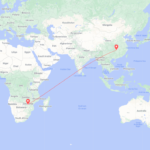



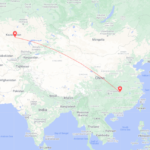


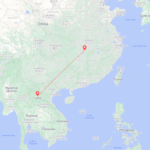


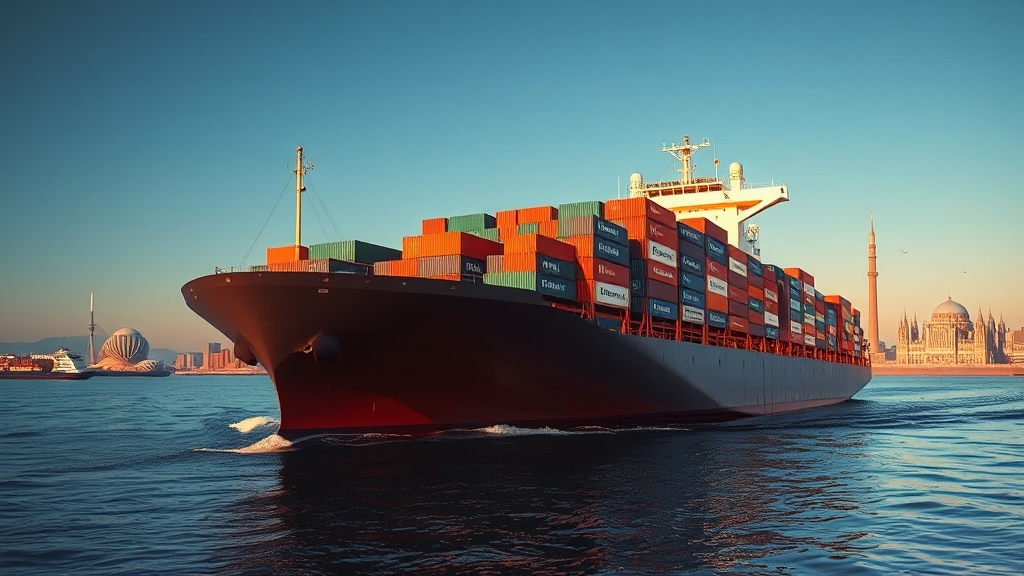
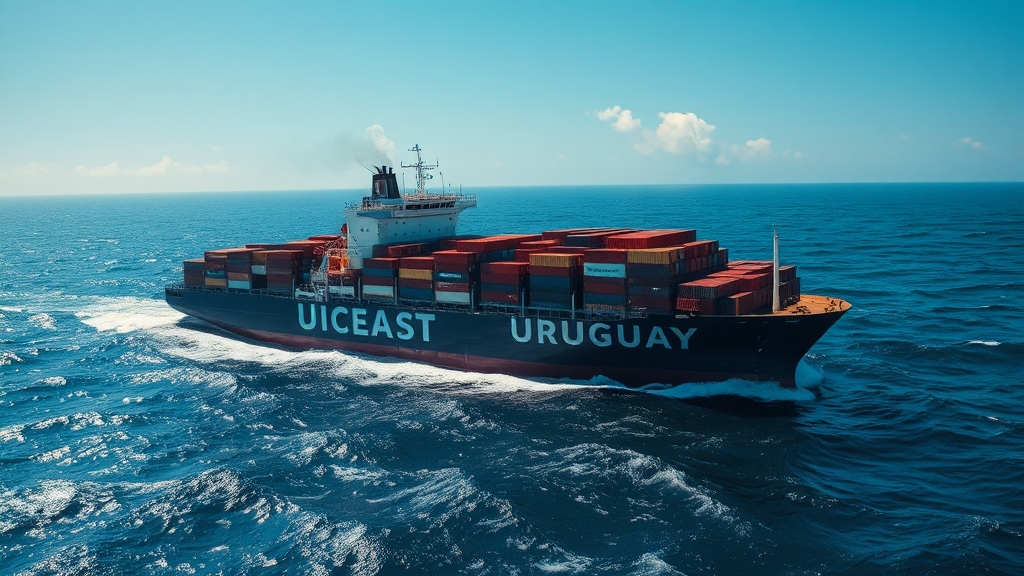
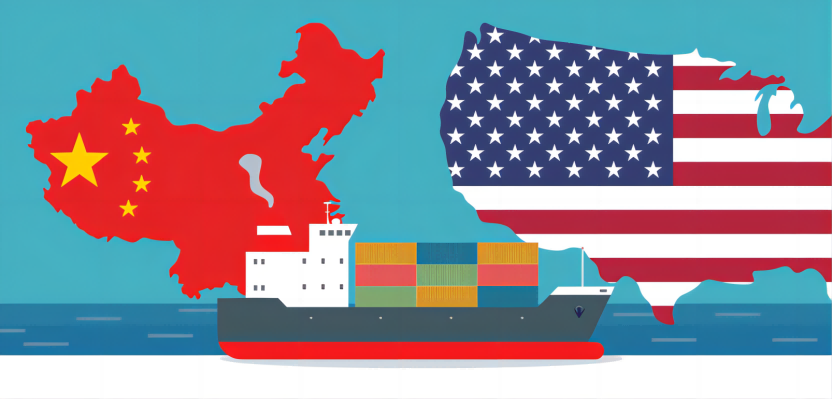
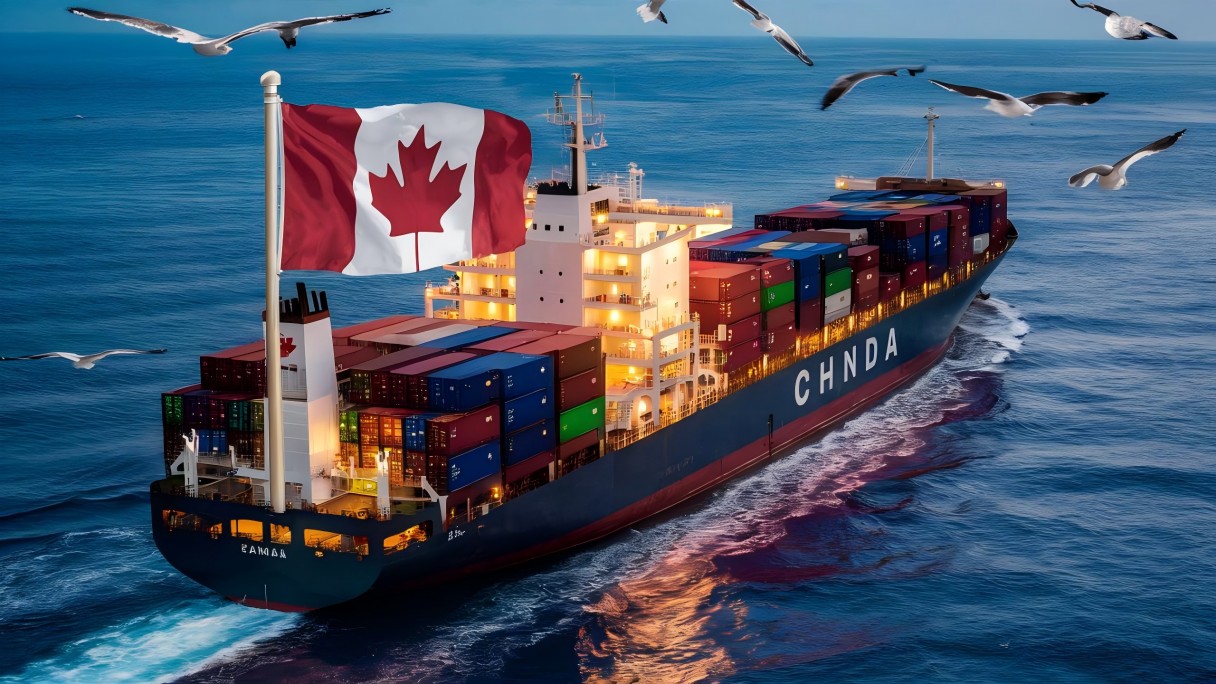
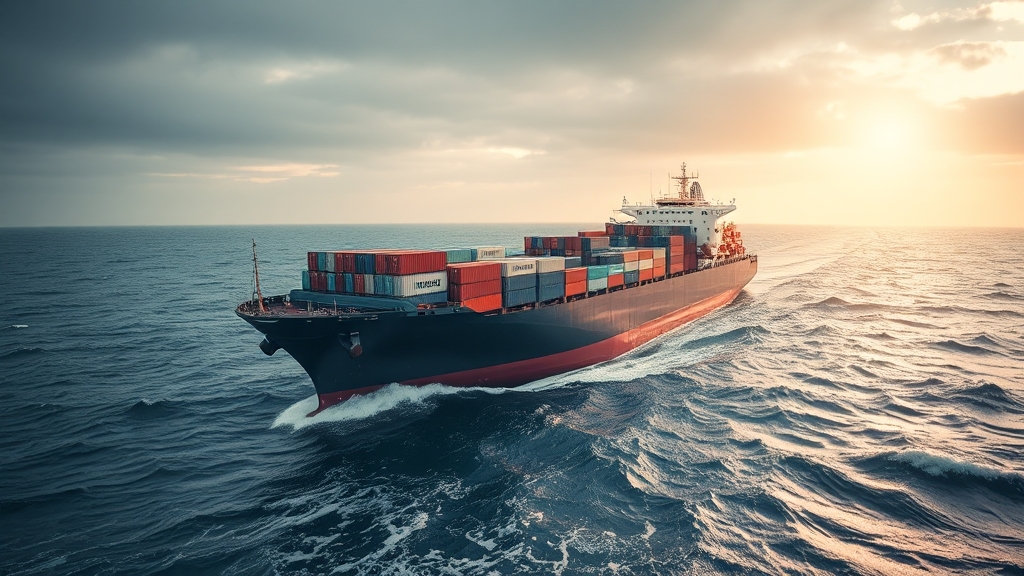





 Afrikaans
Afrikaans Shqip
Shqip አማርኛ
አማርኛ العربية
العربية Հայերեն
Հայերեն Azərbaycan dili
Azərbaycan dili Euskara
Euskara Беларуская мова
Беларуская мова বাংলা
বাংলা Bosanski
Bosanski Български
Български Català
Català Cebuano
Cebuano Chichewa
Chichewa 简体中文
简体中文 繁體中文
繁體中文 Corsu
Corsu Hrvatski
Hrvatski Čeština
Čeština Dansk
Dansk Nederlands
Nederlands English
English Esperanto
Esperanto Eesti
Eesti Filipino
Filipino Suomi
Suomi Français
Français Galego
Galego ქართული
ქართული Deutsch
Deutsch Ελληνικά
Ελληνικά Kreyol ayisyen
Kreyol ayisyen Harshen Hausa
Harshen Hausa Ōlelo Hawaiʻi
Ōlelo Hawaiʻi עִבְרִית
עִבְרִית हिन्दी
हिन्दी Hmong
Hmong Magyar
Magyar Íslenska
Íslenska Igbo
Igbo Bahasa Indonesia
Bahasa Indonesia Gaeilge
Gaeilge Italiano
Italiano 日本語
日本語 Basa Jawa
Basa Jawa ಕನ್ನಡ
ಕನ್ನಡ Қазақ тілі
Қазақ тілі ភាសាខ្មែរ
ភាសាខ្មែរ 한국어
한국어 كوردی
كوردی Кыргызча
Кыргызча ພາສາລາວ
ພາສາລາວ Latin
Latin Latviešu valoda
Latviešu valoda Lietuvių kalba
Lietuvių kalba Lëtzebuergesch
Lëtzebuergesch Македонски јазик
Македонски јазик Malagasy
Malagasy Bahasa Melayu
Bahasa Melayu മലയാളം
മലയാളം Maltese
Maltese Te Reo Māori
Te Reo Māori मराठी
मराठी Монгол
Монгол ဗမာစာ
ဗမာစာ नेपाली
नेपाली Norsk bokmål
Norsk bokmål پښتو
پښتو فارسی
فارسی Polski
Polski Português
Português ਪੰਜਾਬੀ
ਪੰਜਾਬੀ Română
Română Русский
Русский Samoan
Samoan Gàidhlig
Gàidhlig Српски језик
Српски језик Sesotho
Sesotho Shona
Shona سنڌي
سنڌي සිංහල
සිංහල Slovenčina
Slovenčina Slovenščina
Slovenščina Afsoomaali
Afsoomaali Español
Español Basa Sunda
Basa Sunda Kiswahili
Kiswahili Svenska
Svenska Тоҷикӣ
Тоҷикӣ தமிழ்
தமிழ் తెలుగు
తెలుగు ไทย
ไทย Türkçe
Türkçe Українська
Українська اردو
اردو O‘zbekcha
O‘zbekcha Tiếng Việt
Tiếng Việt Cymraeg
Cymraeg יידיש
יידיש Yorùbá
Yorùbá Zulu
Zulu